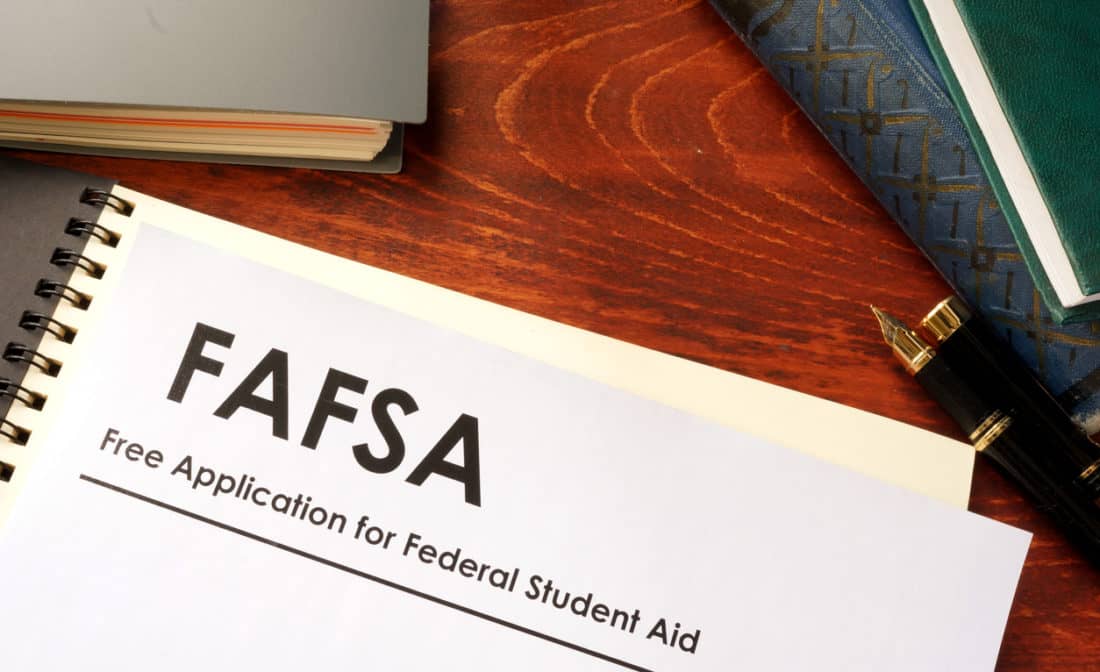Financial Aid: What is the FAFSA?
If you want to improve your earning potential, you may want to go back to school to finish your education. Completing one’s education is among the best steps anyone can take to earn more money. These days, employers demand educated workers. In response, colleges and universities are improving access to adult education.
According to the National Center for Education Statistics (NCES), 9.6 million adult students are expected to enroll in a college course by 2020. If you’re considering a return to school, you’re probably wondering how you’ll be able to pay for it. Luckily, financial aid resources are plentiful. No matter your age, education level, or background, you can find the money you need to complete a degree.
FAFSA (Free Application for Student Aid)
If you’ve been to college before, it’s likely you’re familiar with FAFSA, the Free Application for Student Aid. Over 22 million American students apply for this aid every year. The Office of Federal Student Aid hands out more than $150 billion in federal grants, loans, and work-study funds each year. More than 13 million students pay for college or career school through FAFSA!
This is the place to start if you are thinking about how you will pay for college. FAFSA’s basic eligibility requirements are quite broad and need-based. Certain non-citizens, like those with a Green Card may also be eligible. You can find more details on FAFSA’s eligibility requirements here.
FAFSA offers three types of aid: grants, work-study, and loans.
- Grants are funds awarded to students based on financial need. Grant money does not have to be repaid.
- Work-study is money earned through a job on or near campus. If you qualify for work-study, the school you attend will give you a job in a university office or department. The money you earn can go towards tuition, living expenses, or other school-related necessities.
- Loans are amounts of money given to you under the condition that you will repay the loan with interest. The repayment options can be flexible. Some are income-based, meaning that the monthly payment amount is dependent on how much money you make. This ensures that payments are relatively manageable, no matter your income. Also, those who work for a nonprofit organization may qualify for loan forgiveness after ten years.
Here are some other important FAFSA facts:
- There is no age limit for federal assistance. Just about everyone is eligible for at least some type of federal student aid.
- You won’t need a credit check to receive federal student aid. This includes most federal student loans.
- As the name implies, applying for aid is free. Avoid companies charging a fee to complete the application.
Final Thoughts on FAFSA
No matter the school you’re attending, you should apply for financial aid. Even if you think you won’t qualify, the application is free, so you’ve got nothing to lose! Though it may not cover all your costs, FAFSA is a great first stop when exploring your financial aid options.
Next, you may want to explore the many scholarship opportunities available. We will explore those in more depth in the next article in our financial aid series.
More About Abound: We’re here to help. Abound: Grad School can help get you in touch with schools that we can confirm are Accessible, Affordable, Accelerated, and Advanced. Take a look at the schools we trust and find the program that works for you.




